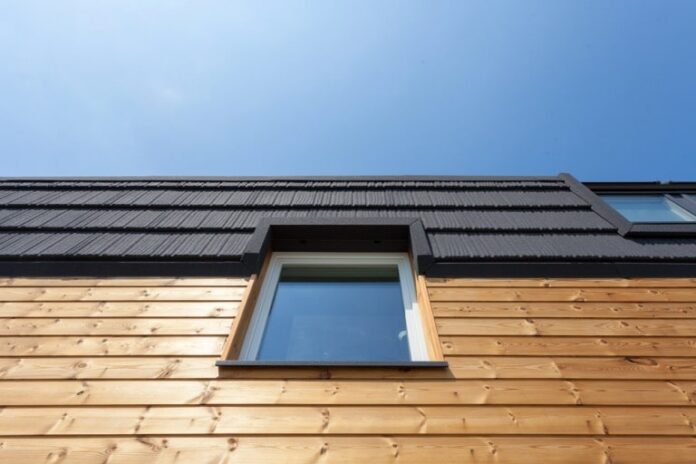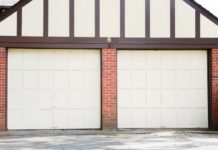Choosing the right colour and texture of composite cladding is an important decision that can significantly impact your home’s exterior look.
With so many options available, it can feel overwhelming, but by considering factors such as your home’s architecture, the surrounding environment, and personal style, you can easily make a decision that enhances your property’s appeal and value.
Let’s go through the key considerations when selecting the perfect colour and texture for your composite cladding.
Consider Your Home’s Architecture
The architecture of your home plays a key role in determining which cladding colours and textures will complement its style. For example, if you have a traditional home, you might opt for more natural wood-like finishes or classic shades such as warm browns and deep reds, which can blend seamlessly with the overall look.
On the other hand, for modern homes, lighter shades like cool greys or bold tones such as anthracite or black might work better, providing a sleek, contemporary feel.
Also, consider how the cladding will interact with other elements of your home, such as the roof, windows, and doors. Harmonising colours between the cladding and these features can create a cohesive and visually appealing exterior. Click on the link for stylish composite cladding for homes.
Match the Cladding with the Surrounding Environment
When selecting the colour and texture of your composite cladding, it’s essential to consider the surrounding landscape. For homes located in more rural or natural settings, earthy tones like greens, browns, and greys work well, helping the building blend into its surroundings. This can create a seamless, natural look, particularly in wooded or forested areas.
In urban environments, however, you may want to opt for bolder, more striking colours that stand out and create a statement. For example, deep charcoals, blacks, and rich blues can work well in a city setting, providing a sharp contrast to the natural surroundings and adding a modern flair to the building’s design.
The Importance of Texture: Smooth vs. Wood-Look Finishes
Texture is just as important as colour when it comes to composite cladding. The right texture can elevate the overall aesthetic of your home’s exterior. There are two main types of textures to consider:
- Smooth finishes: These finishes offer a sleek, modern look. Smooth-textured composite cladding works well with contemporary homes, creating a clean and minimalist appearance. It is also easier to maintain, as it doesn’t trap dirt and grime as much as textured surfaces do.
- Wood-look finishes: These finishes mimic the natural grain of wood, making them a popular choice for homeowners who want the warmth and texture of timber without the maintenance. Wood-look composite cladding comes in various styles, from subtle grain patterns to more pronounced, rustic textures. This style works well with both traditional and modern homes, providing a timeless, natural appearance.
Is Composite Cladding DIY-Friendly?
Would you like to handle your composite cladding upgrade by yourself? DIY projects are becoming more common as homeowners want to save money and add their own touch to their properties.
But, it’s important to consider whether this material is suitable for DIY so that you can achieve the results you’re looking for. Thankfully, many homeowners have had success with this material. Here’s some information you need to know.
Prepare the Surface
Before you get to the main part of the project, you need to spend time preparing the surface. Often, homeowners are eager to get started with the cladding and they skip this part, not thinking it’s that important.
But, preparing the surface will give longevity to your new composite cladding and make installation easier. In particular, you need to clean and dry the surface, as well as make sure it’s flat.
Gather the Tools
Next, you need to set the stage. In other words, gather the right tools to have everything at hand for the project. Typically, you won’t need a lot when you’re installing cladding. This can include a drill for attachment, along with cladding fixes. Then, you’ll need a saw to get the right sizes of cladding.
Handle Installation
Now, it’s time for installation. Most brands will make sure they provide you with some instructions. Always ensure you consult them so you know what you’re doing. Typically, this will include attaching the cladding boards with some gaps for expansion. Tongue and groove designs will be the easiest to install, and make sure the cladding is secure.
Conclusion
Choosing the right colour and texture for your composite cladding is about more than just personal taste—it’s about finding the perfect balance between style, functionality, and longevity.
By considering your home’s architecture, the surrounding environment, the texture’s impact, and the maintenance required, you can make a well-informed decision that will enhance your home’s curb appeal and stand the test of time. With the right choice, your composite cladding will continue to look beautiful for years to come.




